Physical Address
Suite 5, 181 High Street,
Willoughby North NSW 2068
Physical Address
Suite 5, 181 High Street,
Willoughby North NSW 2068
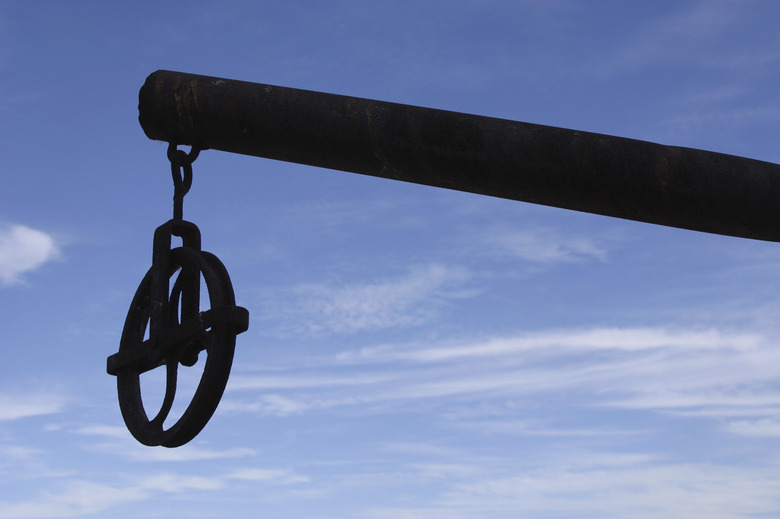
In classic mechanical physics, a pulley is one of the six “simple machines,” along with the lever, inclined plane, screw, wheel and axle, and wedge. In the classic description of the renaissance scientists who first defined them, a simple machine is a device that changes the direction or magnitude of a force.
A pulley consists of a rope and a hub or “drum” in which there is a grooved wheel mounted with an axle. The pulley has a wide range of applications in many circumstances and can be used to make a variety of moving and lifting tasks easier. There are three basic types of pulleys, one that changes the direction of the force, one that changes the magnitude, and one that changes both the magnitude and direction.
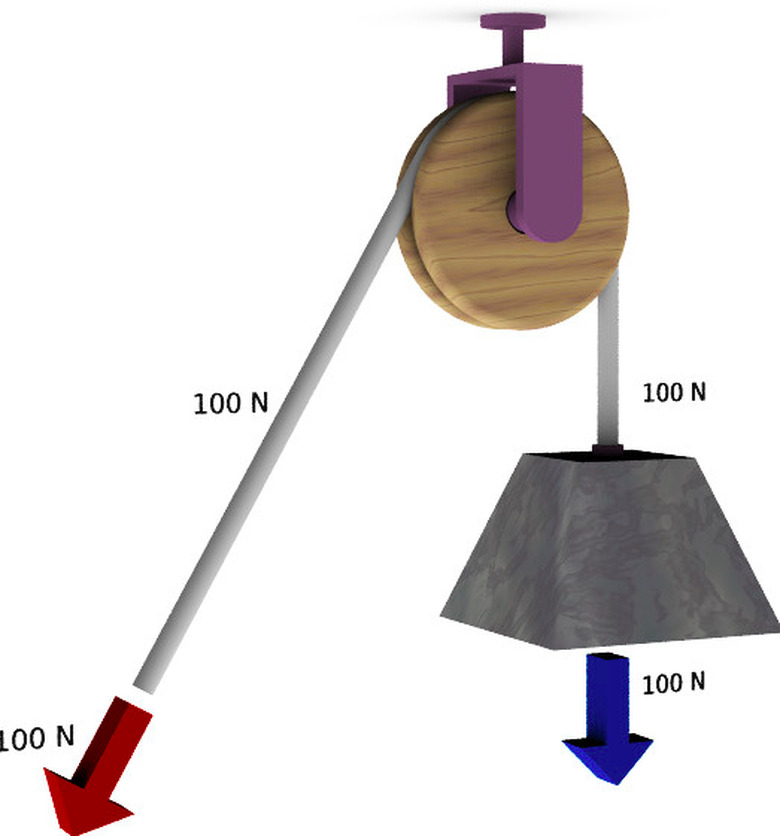
A fixed pulley is one in which the drum is secured to a single spot. While the force required to lift or move an object is no different than if you were lifting it by hand, the fixed pulley allows you to change the direction of the force needed. For example, when attached to a bucket pulling water from a well, a fixed pulled allows you to pull laterally to raise the bucket in a more convenient manner than if you were hauling a bucket of water up vertically, hand over hand. The bucket of water will still feel like the same weight, but lifting is more convenient.
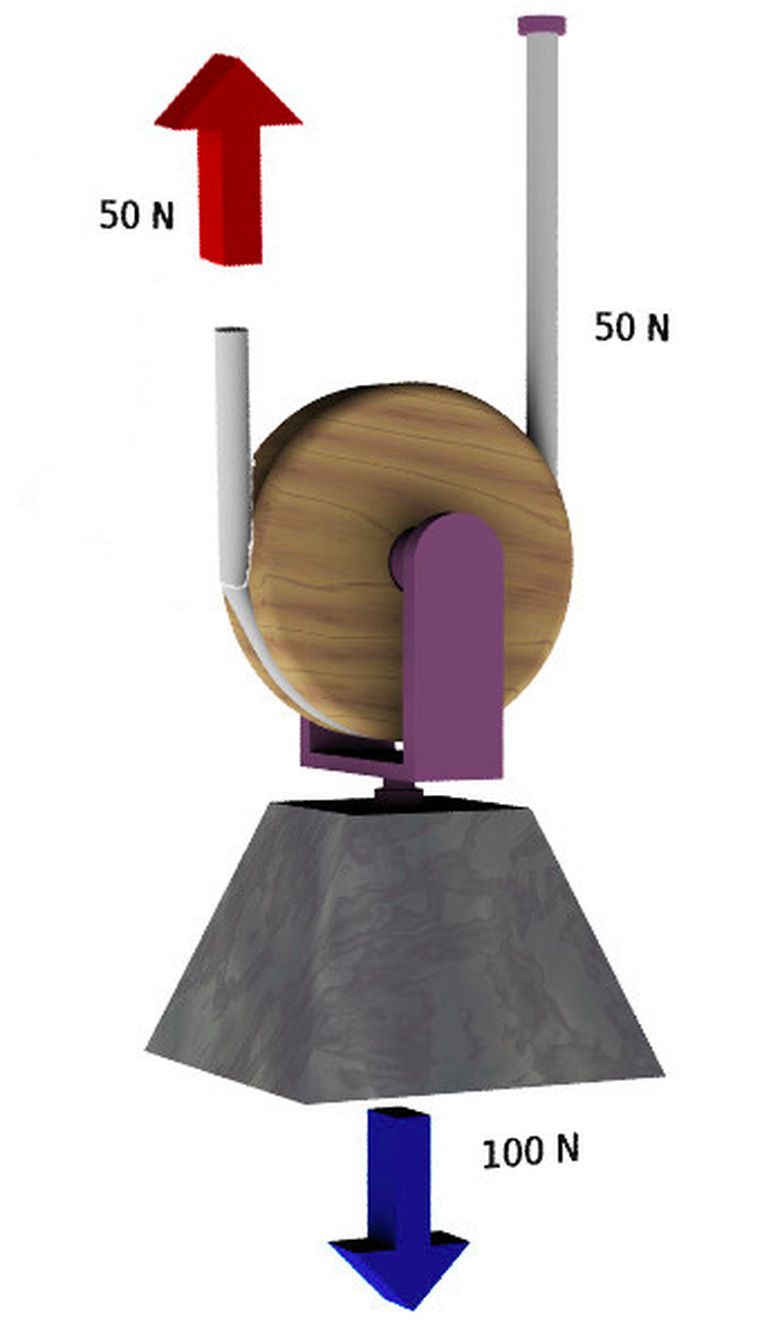
A movable pulley is one in which drum moves as you are moving the load. There is no change in the direction of force that you need to apply, but the load will “feel” lighter than it is. If you were hauling a heavy hay bale up into the loft of a barn, for example, a movable pulley would make the load feel much lighter, although the direction you are pulling would be the same.
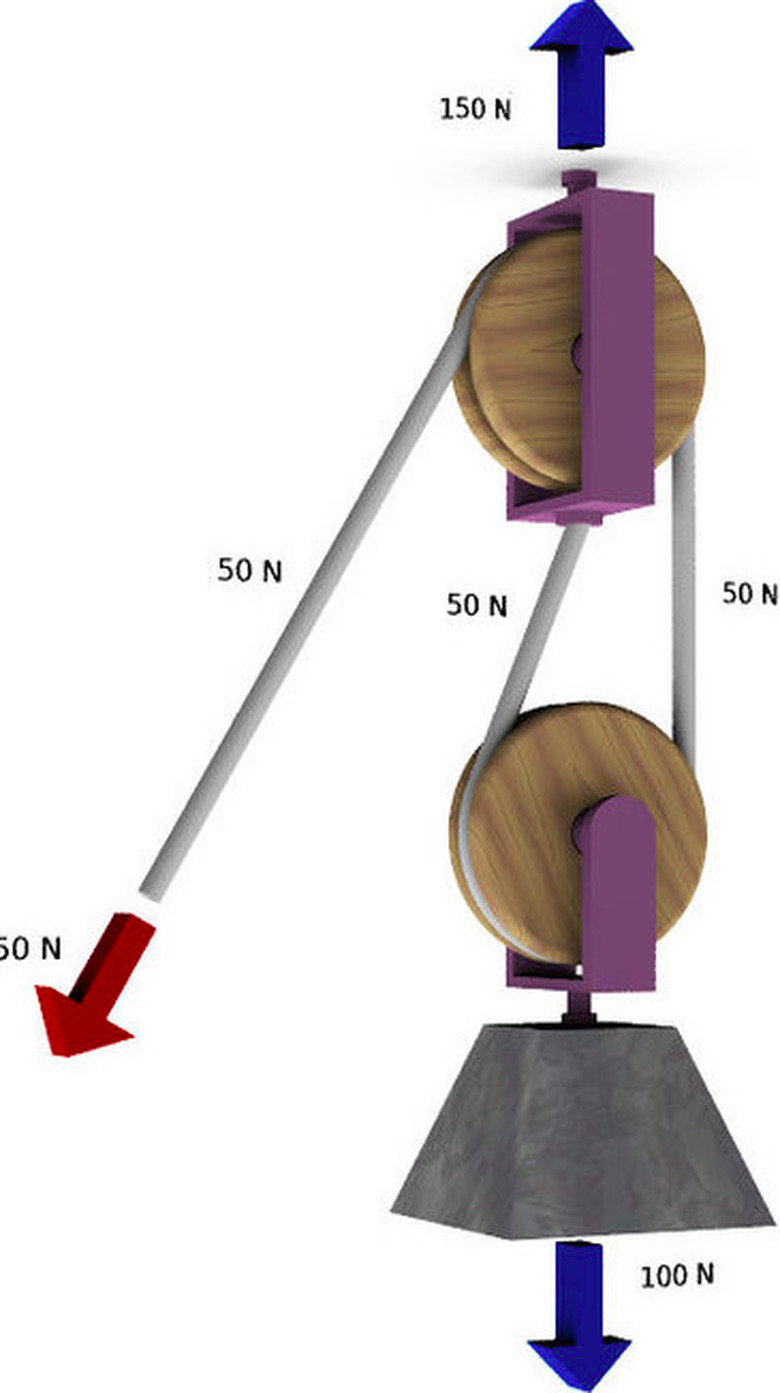
In a compound pulley system, there is both a moveable pulley as well as a fixed pulley. This means that not only does the load “feel” lighter, but you can also change the direction of the force. Although this type of configuration makes it possible to move heavy loads very easily, the tradeoff is that considerably more motion is required to do the work.
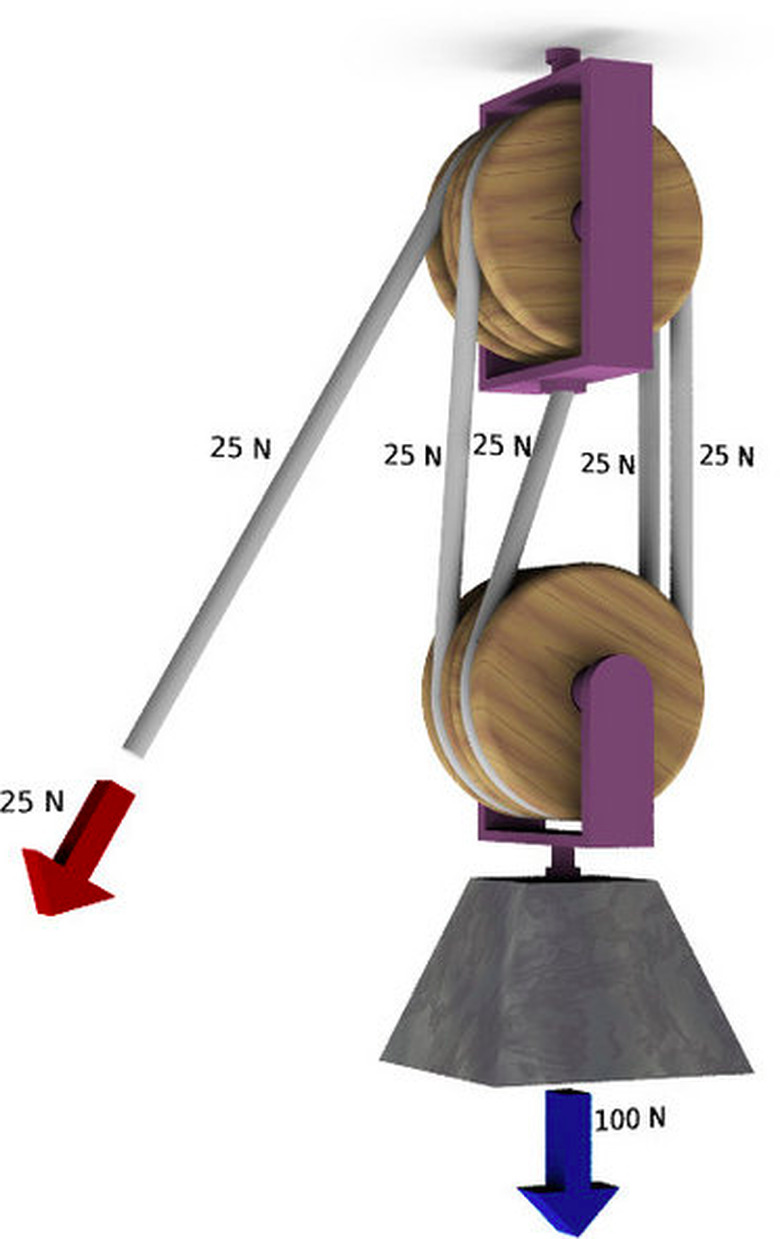
Pulleys can be multiplied in any number of ways to accomplish a variety of tasks. A block and tackle, for example, is a pulley configuration that contains two or more individual drums, each containing two or more wheels rotating on the same axle. The rope loops back and forth between the pulley drums, weaving through the individual wheels within those drums. These configurations can get quite elaborate, as is sometimes seen in large sailboats where a single sailer may need to control sails that are under huge force from strong winds.
Complex pulley systems like this can move enormously heavy loads, provided they are anchored very firmly. But while the magnitude of force required is greatly reduced, the amount of that reduced magnitude (the amount the rope must travel to accomplish the work) is greatly increased.